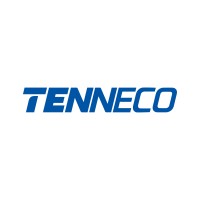
LEONI
LEONI is a global provider of products, solutions and services for energy and data management in the automotive industry. The group of companies has around 87,000 employees in 21 countries and generated consolidated sales of EUR 5 billion in 2024. The partnership between LEONI and Luxshare Group has been effective since mid-2025. LEONI's largest customer group comprises the global car, commercial vehicle and component supply industry. The company is one of the world's largest suppliers of complex wiring systems and customer-specific cable harnesses. It’s value chain also comprises related components, from development to production. As an innovation partner with distinctive development and systems expertise, LEONI supports its customers on the path to increasingly sustainable and connected mobility concepts, from autonomous driving to alternative drives as well as charging systems. To this end, LEONI develops wiring systems that reduce complexity and enable higher levels of automation through zonal architecture, for example. Imprint: https://www.leoni.com/en/imprint/ Privacy statement: https://www.leoni.com/en/data-protection/






